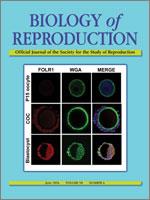In mammals, mature oocytes and early preimplantation embryos contain transcriptionally inactive structures termed nucleolus precursor bodies instead of the typical fibrillo-granular nucleoli. These nuclear organelles are essential and strictly of maternal origin. If they are removed from oocytes, the resulting embryos are unable to replace them and consequently fail to develop. Historically, nucleolus precursor bodies have been perceived as a passive repository site of nucleolar proteins that are required for embryos to form fully functional nucleoli. Recent results, however, contradict this long-standing dogma and show that these organelles are dispensable for nucleologenesis and ribosome biogenesis. In this article, we discuss the possible roles of nucleolus precursor bodies and propose how they might be involved in embryogenesis. Furthermore, we argue that these organelles are essential only shortly after fertilization and suggest that they might actively participate in centromeric chromatin establishment.
How to translate text using browser tools
2 March 2016
Nucleolus Precursor Bodies and Ribosome Biogenesis in Early Mammalian Embryos: Old Theories and New Discoveries
Helena Fulka,
Fugaku Aoki
ACCESS THE FULL ARTICLE

Biology of Reproduction
Vol. 94 • No. 6
June 2016
Vol. 94 • No. 6
June 2016
centromere
chromatin
embryo
histone
nucleolus precursor body
oocyte
pluripotency




